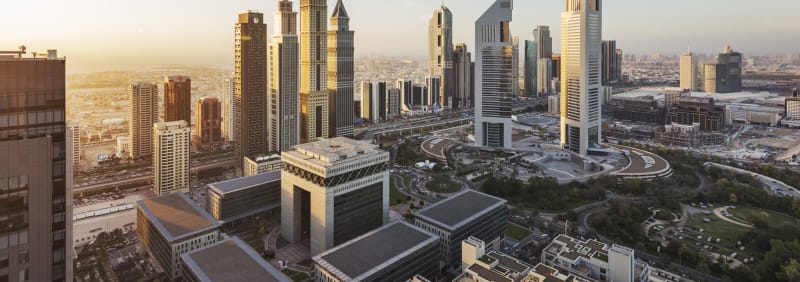
Last summer, our gallery hosted the first chapter of We Keep Reviewing which was particularly well-received during this year's online Art Dubai, the Bawwaba section, even though the physical program had to be postponed due to the COVID19 pandemic. We Keep Reviewing is due to be presented at Art Dubai 2021. A total of 25 new additions to the series are currently being exhibited as We Keep Reviewing: Part II. These works feature an overall more mature technical quality as well as a gradual change of tone, as Khezri has gained more confidence with dimmer, moodier compositions and has opted for a lighter, more minimal touch with his forms.
Each work is the result of a chain of crucial decision-makings from taking photographs to the painterly restructuring of images - not just in terms of mimesis but more crucially, the inner truth beyond their mundane appearances - on canvas and paper, echoing the artist's mastery over his means of expression, his subjects, and compositions. Khezri enjoys full authority over all the relationships in forms and space, yet neither he nor his camera seems to attract any attention; a god out of sight. Thus, we may join him as invisible guests of these halls, classrooms, and courtyards, wandering around, secretly watching these students whose varied moving and static figures together with the contrasting geometric architecture and furniture around them all come to life in a light-and-shadow play.
As the series develops, lightness, maturity of tones, and gentle passages become an increasingly dominant painterly approach, resulting in a hushed, delicate harmony. Throughout these tableaux, a bittersweet and nostalgic story - from adolescent camaraderie and playfulness to unspoken worries, uniforms, and long midday hours - is narrated, line by line and form by form, by the long, pale fingertips of winter sunlight.
On deeper strata, We Keep Reviewing explores notions of power structures and social discipline and how they can mentally and physically take over our existence from an early age. The mostly enclosed spaces, rectilinear interiors, the prevalence of blue-grey uniforms and, perhaps mostly poignantly, scenes where all the figures appear in slightly different versions of the same submissive, reduced postures are all visual cues reminding us of the unseen authority at work, even in the more playful compositions where the schoolboys tend to break the space by expressing their individuality in varied gestures.

